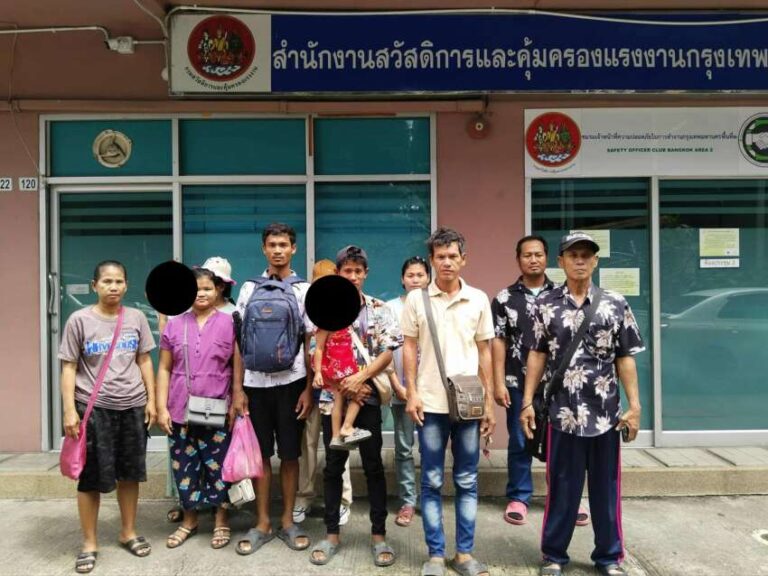
WASHINGTON, DC - FEBRUARY 14: U.S. President Donald Trump signs an executive order withholding federal funding from schools and universities that impose a COVID-19 vaccine mandate in the Oval Office at the White House on February 14, 2025 in Washington, DC. President Trump signed a second executive order establishing the Energy Dominance Council led by Secretary of the Interior Doug Burgum. (Photo by Andrew Harnik/Getty Images)
President Trump has signed an executive order restricting travel entry to the United States for citizens from 19 countries, including Myanmar, citing national security and public safety concerns. According to the order, Myanmar is among 12 countries whose citizens face complete travel restrictions to the United States. These countries include Afghanistan, Myanmar (Burma), Chad, Democratic Republic of Congo, Equatorial Guinea, Eritrea, Haiti, Iran, Libya, Somalia, Sudan, and Yemen. The restrictions represent a comprehensive ban on entry for citizens from these nations.
Additionally, seven other countries face partial restrictions on entry to the United States, including Burundi, Cuba, Laos, Sierra Leone, Togo, Turkmenistan, and Venezuela. However, certain exceptions remain in place for specific categories of travelers. These exceptions apply to individuals who already hold valid permanent resident status in the United States, those who possessed valid visas prior to the order’s implementation, certain visa categories, and persons engaged in activities deemed to be in the United States’ national interest. These groups will continue to maintain their rights to enter, reside in, and travel to the United States.
The implementation of these travel restrictions is specifically designed to protect U.S. national security and public safety interests. The U.S. government has stated that the restrictions are necessary due to insufficient information available for proper vetting of travelers from these countries and potential security risks. The order reflects the administration’s foreign policy priorities and security concerns, establishing a framework for managing international travel while addressing perceived security threats. The measure represents a significant policy decision that impacts international mobility and diplomatic relations between the United States and the affected nations, while maintaining certain provisions for legitimate travel and immigration purposes under specific circumstances.



